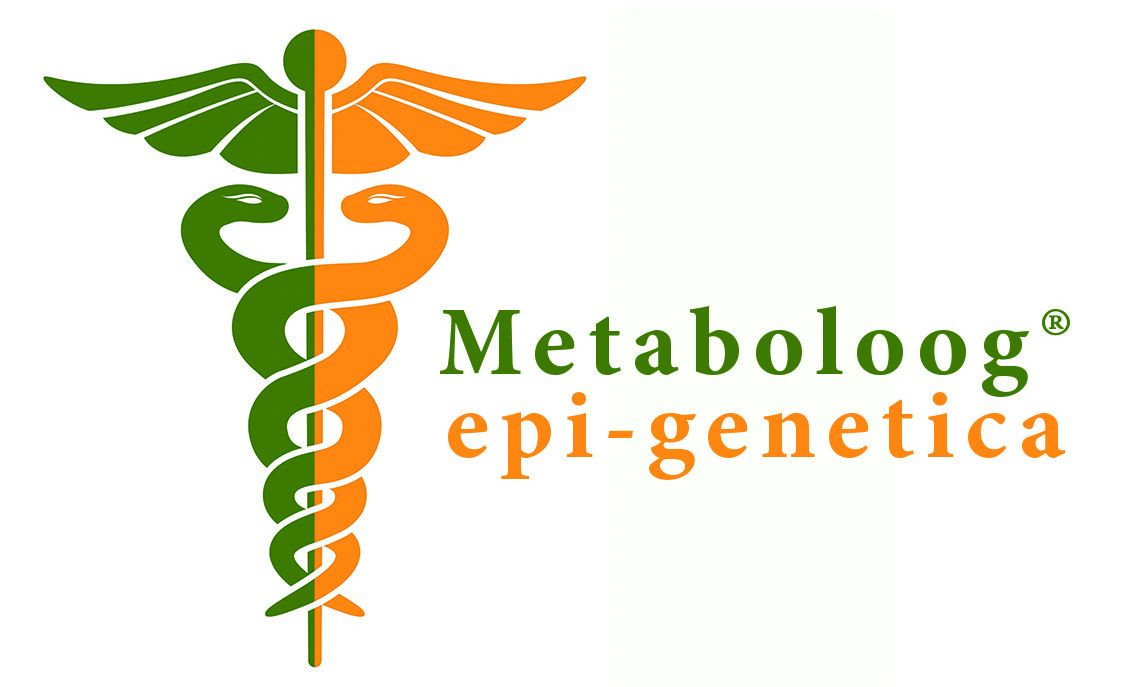Nano Hyaluronic Acid and its Role in Inflammation and Nerve Pain
Introduction
Hyaluronzuur [1-14] is een natuurlijk voorkomende stof in het menselijk lichaam en speelt een essentiële rol bij het behoud van de gezondheid van gewrichten, huid en ogen. Met de vooruitgang in nanotechnologie is nano hyaluronzuur ontwikkeld, wat de mogelijkheden opent voor gerichte en effectievere behandelingen van ontstekingen en zenuwpijnen. In dit artikel onderzoeken we de impact van nano hyaluronzuur op ontstekingen en zenuwpijnen, en hoe naaldloze injectietechnologieën het gebruik ervan verbeteren. Wetenschappelijke referenties ondersteunen de bevindingen en tonen de veelbelovende toekomst van deze innovatieve behandeling.
1. Nano Hyaluronzuur
Hyaluronic acid is a natural substance found in abundance in the human body, especially in connective tissues, joint fluid and skin. It has an excellent ability to retain moisture and plays a crucial role in lubricating joints, keeping skin hydrated and promoting tissue repair. Nano hyaluronic acid refers to advanced nanoparticles of hyaluronic acid that have a much smaller size than traditional hyaluronic acid molecules.
2. Ontstekingen en Zenuwpijnen
Inflammation is the body's natural response to injury, infection or irritants. Although an essential mechanism for promoting healing, chronic inflammation can lead to serious conditions such as arthritis, autoimmune diseases and cardiovascular disease. Nerve pain, also known as neuropathic pain, occurs when the nervous system is damaged or affected by injury or disease, resulting in persistent pain and discomfort.
3. Rol van Nano Hyaluronzuur bij Ontstekingen
Research has shown that nano hyaluronic acid plays a promising role in reducing inflammation. The reduction in particle size allows nano hyaluronic acid to penetrate deeper into tissues and cells, making it possible to target specific sources of inflammation more precisely. Moreover, nano hyaluronic acid is biocompatible and biodegradable, making it a safe option for therapeutic use.
4. Rol van Nano Hyaluronzuur bij Zenuwpijnen
Studies have also demonstrated the potential benefits of nano hyaluronic acid in the treatment of nerve pain. Nano hyaluronic acid can be used as a "drug delivery" system to deliver analgesic drugs directly to damaged nerves, allowing targeted and long-term pain relief. In addition, nano hyaluronic acid itself can play a neuroprotective role, meaning it can protect nerve cells from further damage and inflammation.
5. Naaldloze Injectietechnologie: Een Doorbraak in Behandeling
Traditionele injectiemethoden kunnen pijnlijk en oncomfortabel zijn, wat de therapietrouw van patiënten kan beïnvloeden. Echter, met de ontwikkeling van naaldloze injectietechnologieën [1-14], zoals jet injectors, wordt het toedienen van nano hyaluronzuur een minder invasieve en meer patiëntvriendelijke ervaring. Deze technologieën zorgen voor een gecontroleerde en precieze afgifte van nano hyaluronzuur, waardoor de behandeling effectiever wordt.
Conclusion
Nano hyaluronic acid has the potential to play an important role in treating inflammation and nerve pain because of its advanced properties and therapeutic applications. The emergence of needleless injection technologies is expected to increase the acceptance of these treatments and provide a better quality of life for patients with chronic inflammation and neuropathic pain.
6. Wetenschappelijke Referenties
1. Barreiros, V.C., et al., Morphological and morphometric analyses of crushed sciatic nerves after application of a purified protein from natural latex and hyaluronic acid hydrogel. Growth Factors, 2014. 32(5): p. 164-70.
2. Yang, J., et al., A hyaluronic acid granular hydrogel nerve guidance conduit promotes regeneration and functional recovery of injured sciatic nerves in rats. Neural Regen Res, 2023. 18(3): p. 657-663.
3. Wen, J., et al., Intra-articular nanoparticles based therapies for osteoarthritis and rheumatoid arthritis management. Mater Today Bio, 2023. 19: p. 100597.
4. Wang, K.K., et al., Hyaluronic acid enhances peripheral nerve regeneration in vivo. Microsurgery, 1998. 18(4): p. 270-5.
5. Smit, X., et al., Reduction of neural adhesions by biodegradable autocrosslinked hyaluronic acid gel after injury of peripheral nerves: an experimental study. J Neurosurg, 2004. 101(4): p. 648-52.
6. Romo, M., et al., Small fragments of hyaluronan are increased in individuals with obesity and contribute to low-grade inflammation through TLR-mediated activation of innate immune cells. Int J Obes (Lond), 2022. 46(11): p. 1960-1969.
7. Ozgenel, G.Y., Effects of hyaluronic acid on peripheral nerve scarring and regeneration in rats. Microsurgery, 2003. 23(6): p. 575-81.
8. Marinho, A., C. Nunes, and S. Reis, Hyaluronic Acid: A Key Ingredient in the Therapy of Inflammation. Biomolecules, 2021. 11(10).
9. Litwiniuk, M., et al., Hyaluronic Acid in Inflammation and Tissue Regeneration. Wounds, 2016. 28(3): p. 78-88.
10. Lee, B.M., et al., The effects of the molecular weights of hyaluronic acid on the immune responses. Biomater Res, 2021. 25(1): p. 27.
11. Kang, L.J., et al., Self-assembled hyaluronic acid nanoparticles for osteoarthritis treatment. Biomaterials, 2021. 275: p. 120967.
12. Han, W., et al., The anti-inflammatory activity of specific-sized hyaluronic acid oligosaccharides. Carbohydr Polym, 2022. 276: p. 118699.
13. Gerdin, B. and R. Hallgren, Dynamic role of hyaluronan (HYA) in connective tissue activation and inflammation. J Intern Med, 1997. 242(1): p. 49-55.
14. Altman, R., et al., Anti-Inflammatory Effects of Intra-Articular Hyaluronic Acid: A Systematic Review. Cartilage, 2019. 10(1): p. 43-52.

